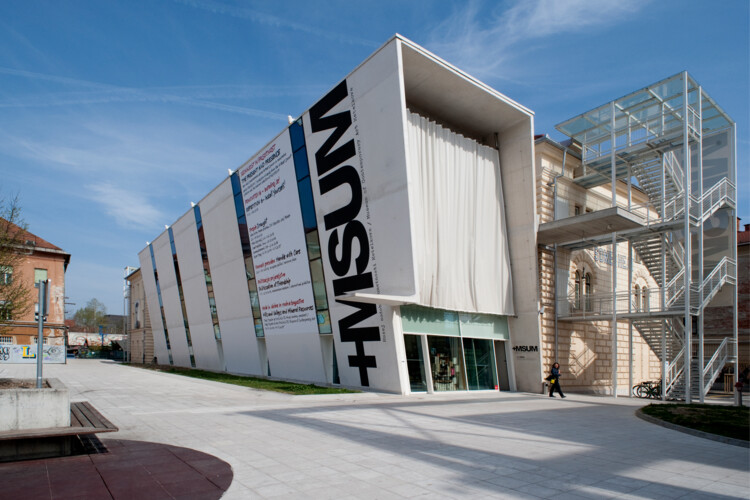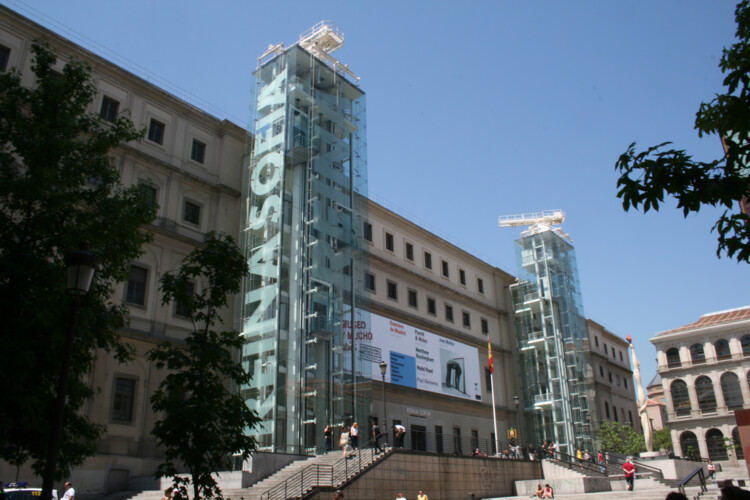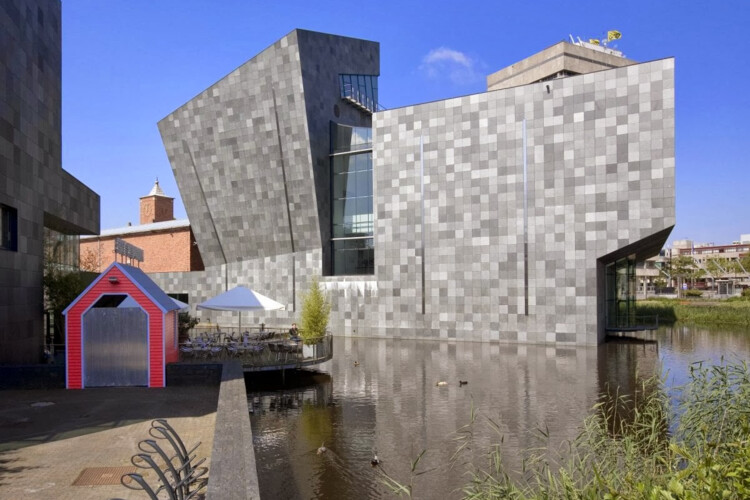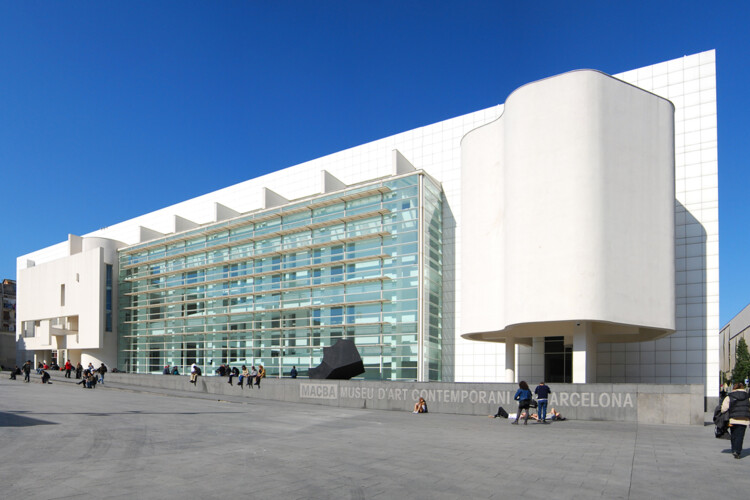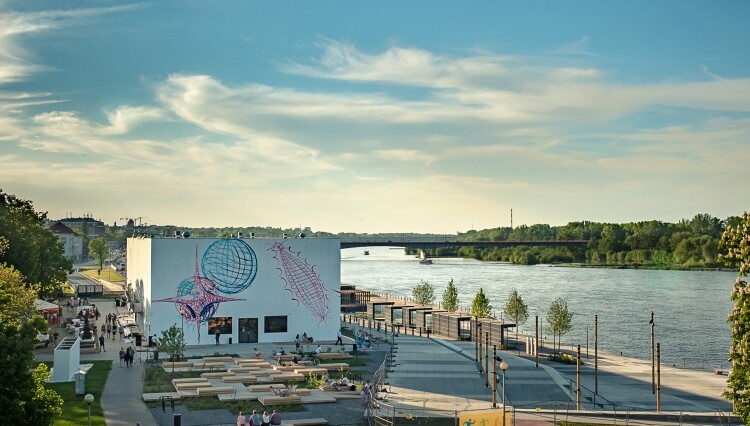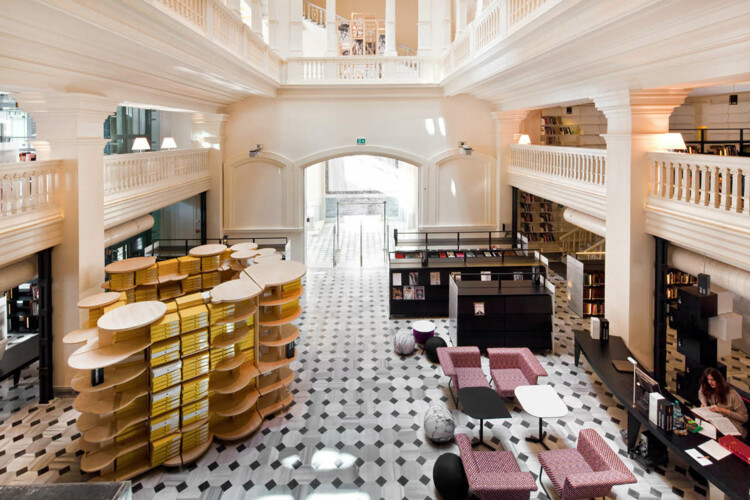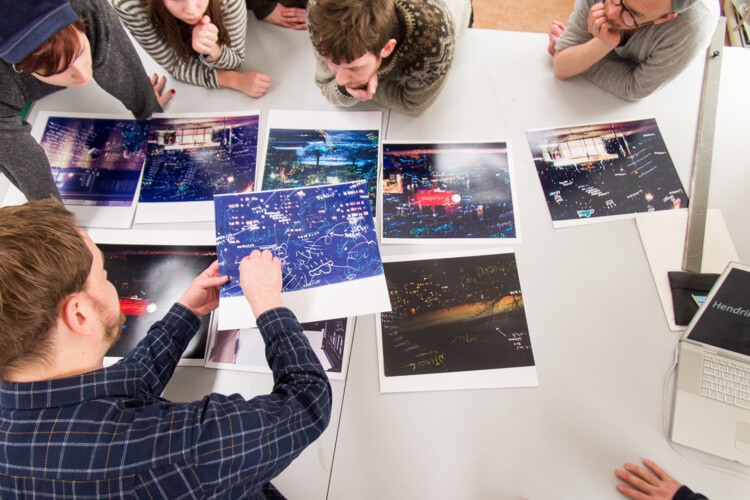The first six seminars of the Glossary of Common Knowledge were organised during a five-year research project run by Moderna galerija (MG+MSUM) as a part of the broader European project Uses of Art - the Legacy of 1848 and 1989 by the European confederation L'Internationale (2014-2018). In 2018, an extended confederation commenced another four-year research programme Our Many Europes. Europe's Critical 90s and the Constituent Museum, organising another series of four seminars repeating the referential fields and readdressing the issues they concern. Terms for the GCK were contributed by narrators chosen by L'internationale partners and by global family of the world of art.
L’Internationale Confederation (2018–2022) brought together seven major European art institutions:
- Moderna galerija, MG+MSUM (Ljubljana, Slovenia);
- Museo Nacional Centro de Arte Reina Sofía, MNCARS (Madrid, Spain);
- Museu d’Art Contemporani de Barcelona, MACBA (Barcelona, Spain);
- Museum van Hedendaagse Kunst Antwerpen, M HKA (Antwerp, Belgium);
- Van Abbemuseum, Museum voor hedendaagse kunst (Eindhoven, the Netherlands);
- Muzeum Sztuki Nowoczesnej w Warszawie, MSN (Warsaw, Poland);
- SALT (Istanbul and Ankara, Turkey).
- HDK-Valand, Högskolan för konst och design (Gothenburg, Sweden)
- National College of Art and Design, NCAD (Dublin, Ireland)
L’Internationale works with complementary partners such as HDK-Valand, the Academy of Art and Design (Gothenburg, Sweden) and NCAD, the National College of Art and Design (Dublin, Ireland), along with associate organisations from the academic and artistic fields. During the Uses of Art programme the partner was also Middlesbrough Institute of Modern Art (mima) with complementary partners such as Grizedale Arts (GA, Coniston, United Kingdom), Liverpool John Moores University (LJMU/LSAD, Liverpool, United Kingdom), Stiftung Universität Hildesheim (UH, Hildesheim, Germany) and University College Ghent School of Arts (KASK, Ghent, Belgium).
The confederation takes its name from the workers’ anthem “L’Internationale”, which calls for an equitable and democratic society with reference to the historical labour movement. The ethics of L’Internationale are based on the values of difference and antagonism, solidarity and commonality. L’Internationale also serves as an apparatus for making visible the standardisation of individual and collective beings, and defends the critical imagination of art as a catalyst for concepts of the civic institution, citizenship and democracy. L’Internationale declares that art and its institutions have the power to question and challenge their own specific systems, as well as the formal structures of institutions in general, and to be an appropriate platform for the discussion of a renewed social contract. It intends to rehearse new protocols and provide decentred models that transcend the bureaucratic and self-referential structures of cultural institutions. L’Internationale represents a new internationalist model for heritage today, challenging traditional notions of exclusiveness, closure and property. It defends a concept of common heritage that is based on interconnected archives and collections, and it brings together those who view heritage as an active tool in the processes of individual and collective emancipation. While anchored in Europe, L’Internationale is connected to different parts of the world by a shared sense of urgency with regards certain common questions. One of these urgent questions concerns the possibilities of participation in the global exchange of ideas from any given space. Thus, L’Internationale challenges the way globalising art institutions replicate the structures of multinational powers and the streamlined, centralised distribution of knowledge.

